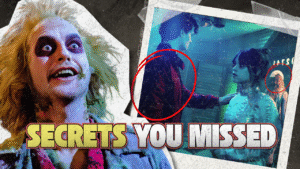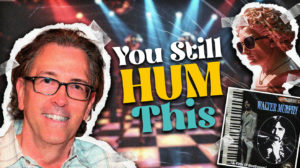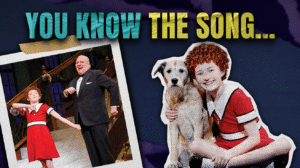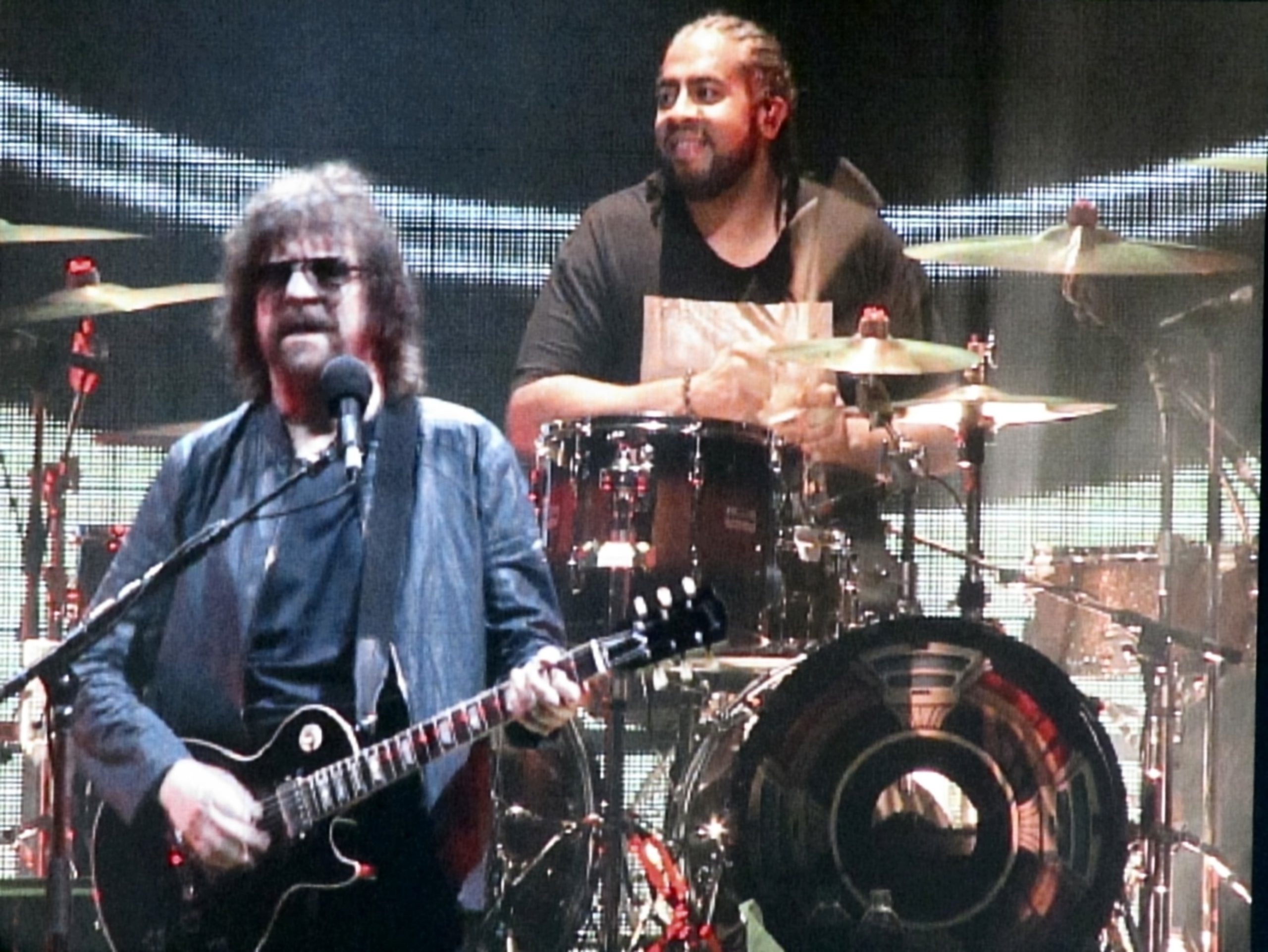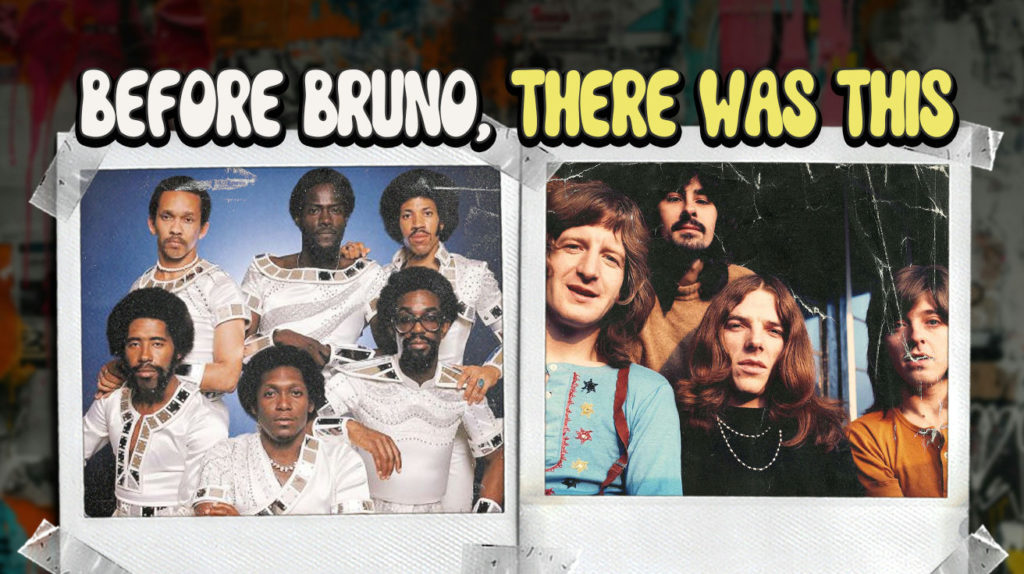
The ’70s music landscape resembles a sprawling record store where everyone rushes to the same bestseller bins while overlooking the true treasures hiding in the dusty corners. Beyond the stadium-filling juggernauts and disco ball reflections lies a parallel universe of bands who crafted sounds so ahead of their time that the mainstream couldn’t process them until decades later.
These overlooked innovators shaped the DNA of everything from modern funk to indie rock, creating blueprints that today’s Spotify darlings still trace over. Consider this your archaeological expedition through rock’s forgotten middle period—where creativity flourished precisely because nobody was watching.
10. Commodores
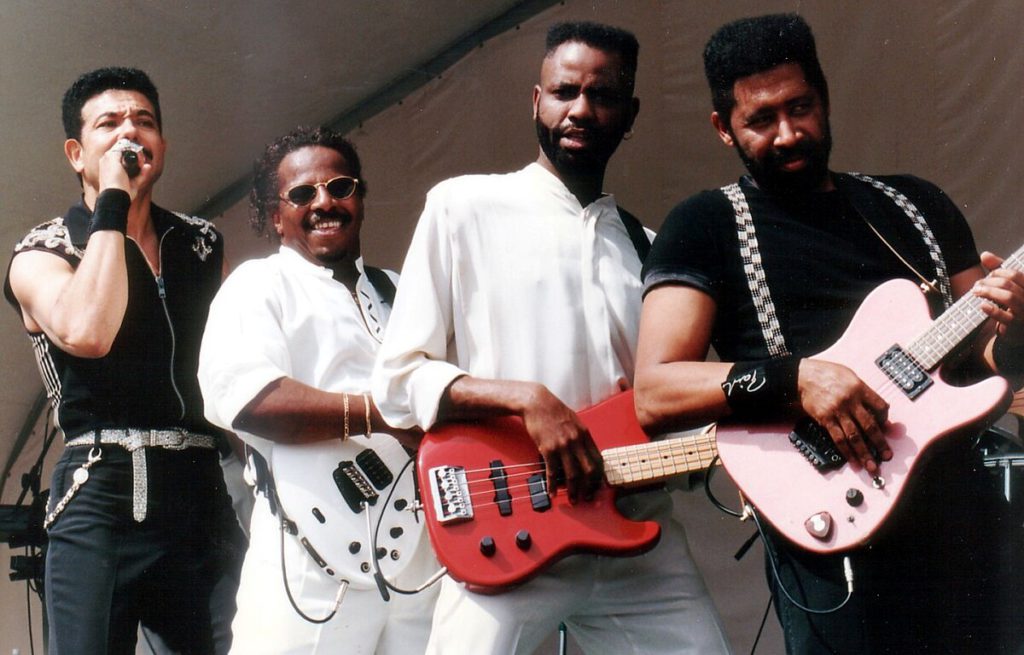
If you’re wondering how modern R&B got so slick yet soulful, the Commodores basically invented that template decades ago. Before Lionel Richie became the soundtrack to your parents’ romantic evenings, they were crafting sophisticated funk that put them in direct competition with Earth, Wind & Fire during the genre’s golden era.
Starting as Tuskegee Institute students, their evolution from funk powerhouses to smooth pop architects represents one of the genre’s most impressive transformations. By their self-titled 1977 album, they’d begun incorporating production techniques that bridged funk foundations with emerging pop sensibilities—establishing the foundation that artists like Bruno Mars still follow.
9. Mott the Hoople
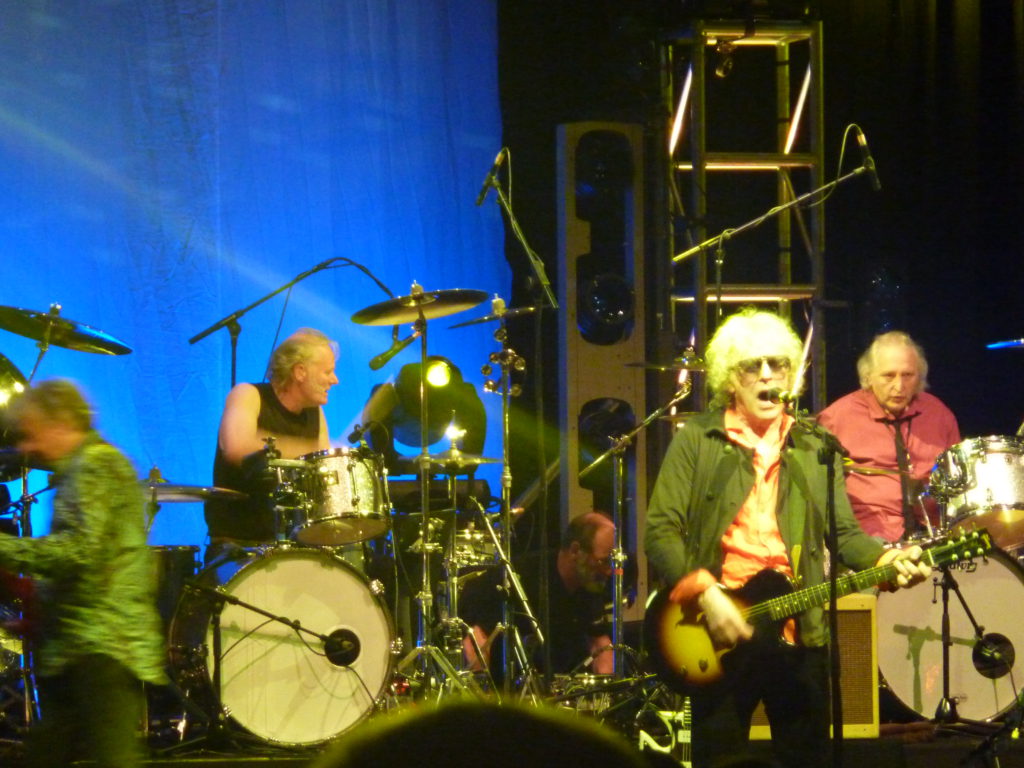
Band breakups can kill careers, but David Bowie’s “All the Young Dudes” literally saved Mott the Hoople in 1972—like a rock deity throwing lifelines to mortals. What followed was one of rock’s most fascinating second acts, channeling glam’s theatrical energy while maintaining street-level credibility that made them heroes to the emerging punk movement.
Ian Hunter’s raspy vocals and literary lyrics shaped later punk vocalists, proving you could be intellectual without losing your edge. They embodied rock’s contradictions perfectly: ambitious yet authentic, theatrical yet tough. “All the Young Dudes” might be their calling card, but tracks like “Roll Away the Stone” reveal their true power.
8. Ambrosia
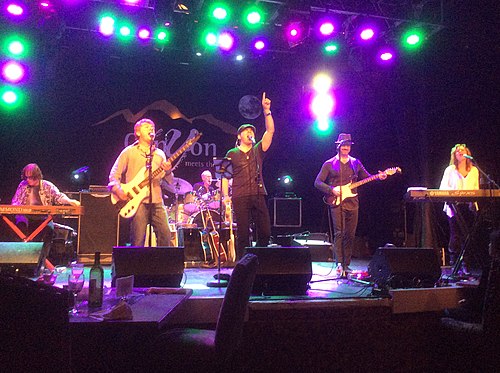
Complexity without pretension defines Ambrosia’s entire career—they basically invented indie rock’s homework aesthetic before indie rock existed. Beginning as progressive rockers with their self-titled 1975 debut, they gradually morphed into purveyors of sophisticated blue-eyed soul without ever losing their musical intelligence.
Their vocal arrangements seemed to defy gravity, floating above intricate instrumental beds that rewarded headphone listening like sonic archaeology. The band moved through musical phases like a chameleon crossing a rainbow, absorbing influences from prog to R&B while maintaining their distinctive sound.
Ambrosia’s genre-blurring sound is just one example of the decade’s underrated ’70s hits that reward deeper listening, and for newcomers, “Life Beyond LA” (1978) offers the perfect entry point.
7. Flaming Groovies
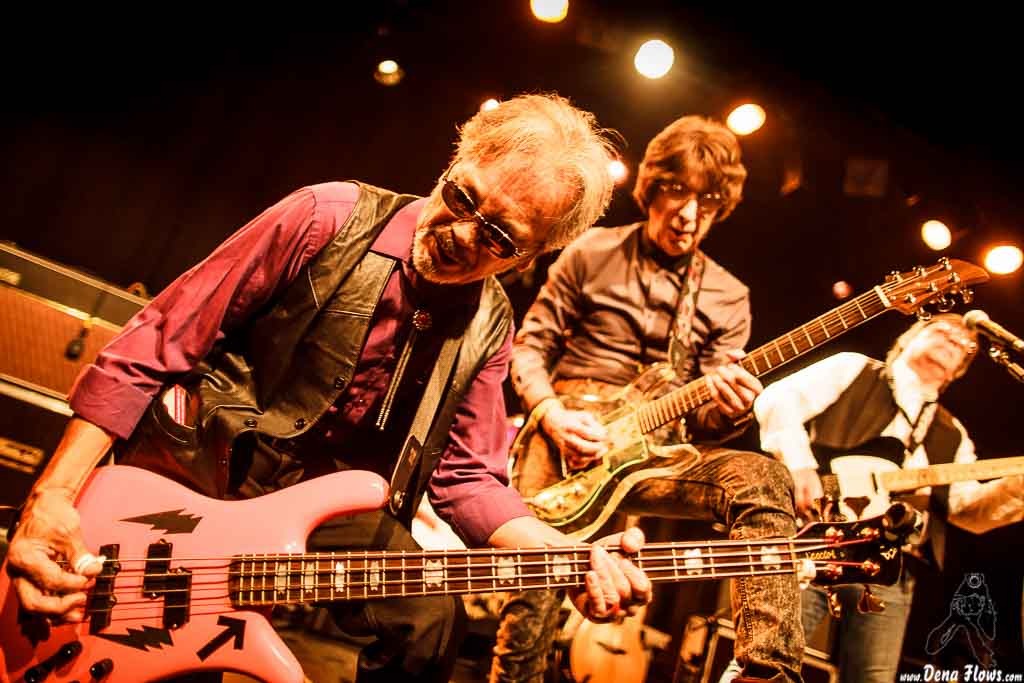
Power pop formulas get stolen more often than bicycles, and the Flaming Groovies designed most of them. Their jangly Rickenbacker sound and tight song structures provided a framework that everyone from The Replacements to The Strokes would later follow, though few gave proper credit to these San Francisco pioneers.
Relocating to the UK in the mid-’70s, they inadvertently became midwives to the punk movement, showing how traditional rock elements could be reconfigured with new urgency. The Groovies performed a musical time travel trick: simultaneously looking backward to ’50s rock foundations while pointing forward to punk’s future. Their 1976 album “Shake Some Action” sounds timeless.
6. April Wine

Caught between Rush’s complexity and AC/DC’s simplicity? April Wine found the perfect middle ground with their melodic hard sound approach. Founded in Nova Scotia, these Canadian artists developed a dual-guitar attack that balanced virtuosity with songwriting discipline, building international appeal while maintaining their distinctly Canadian perspective on arena anthems.
Distinguished from countless other hard sound outfits by refusing to sacrifice songs for solos, their arrangements served the melody rather than showing off. This approach shaped later Canadian acts who learned that technical ability means nothing without memorable hooks. “The Nature of the Beast” (1981) showcases their perfect balance—commercial appeal meets artistic integrity.
5. Television
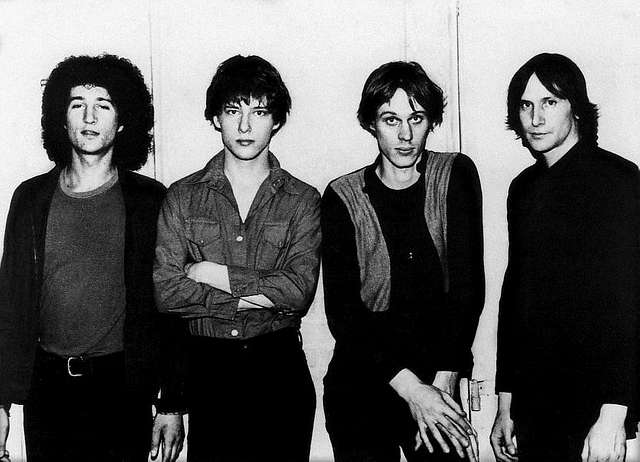
Guitar skill just got redefined when Television emerged from CBGB’s punk scene with jazz-influenced complexity. Tom Verlaine’s passing in January 2023 reminded everyone of one of rock’s most innovative guitarists whose influence far exceeded his fame, creating music that expanded punk’s possibilities beyond three-chord simplicity.
“Marquee Moon” features guitar conversations between Verlaine and Richard Lloyd that unfold like sophisticated jazz dialogues, creating patterns rarely heard before or since. Their technical approach guided post-punk bands from Joy Division to Sonic Youth, proving that virtuosity could serve artistic vision rather than ego. Television created space for generations of boundary-pushing artists.
4. Thin Lizzy
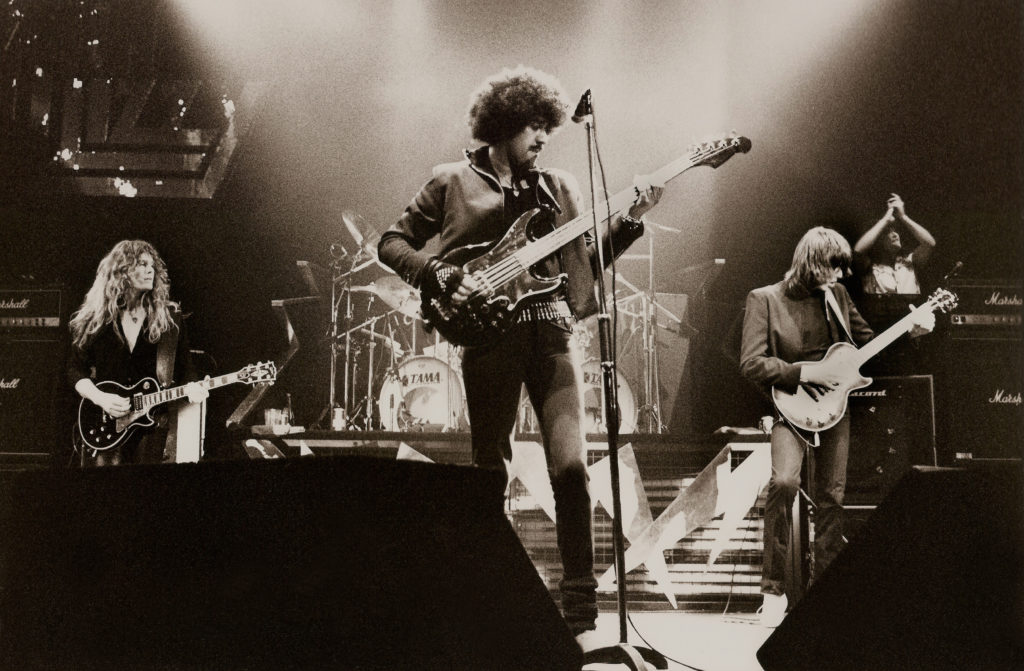
Twin-guitar harmonies revolutionized heavy sound when Thin Lizzy perfected their distinctive dual-lead approach in the mid-’70s. Phil Lynott crafted lyrics that read like Celtic poetry set to power chords, creating working-class anthems wrapped in sonic sophistication that shaped everyone from Iron Maiden to modern metal bands.
Their dual-lead technique gave recordings a richness that set them apart from single-guitar heroics dominating the era. Lynott’s storytelling explored themes of identity, struggle, and Celtic mythology with unusual sensitivity for heavy sound, making them literary performers who never forgot to deliver power. This combination elevated them far above their arena contemporaries—they were sonic novelists working in Marshall stacks.
3. Big Star
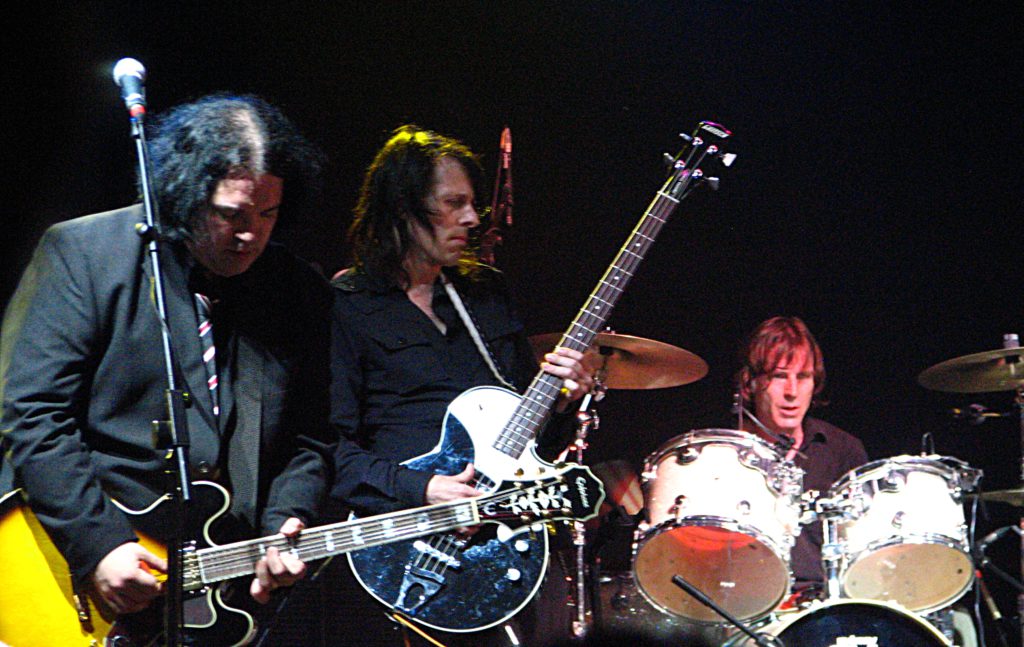
Commercial failure rarely produces such lasting influence, but Big Star created perfect power pop that went criminally unheard during their brief existence, only to become one of rock’s most influential cult bands decades later. Their story represents music’s great injustice—distribution problems and bad timing burying genuine brilliance that would inspire countless future artists.
Led by former Box Tops vocalist Alex Chilton and songwriter Chris Bell, they crafted songs balancing Beatles-esque melodicism with raw emotional vulnerability. Their jangling guitars and heartfelt vocals established the alternative sound framework, shaping everyone from R.E.M. to Elliott Smith. .
Big Star’s legacy is a reminder that some of the musicians who defined 70s rock didn’t find their audience until long after the decade ended—proving sometimes the best songs need time to find their audience
2. Badfinger
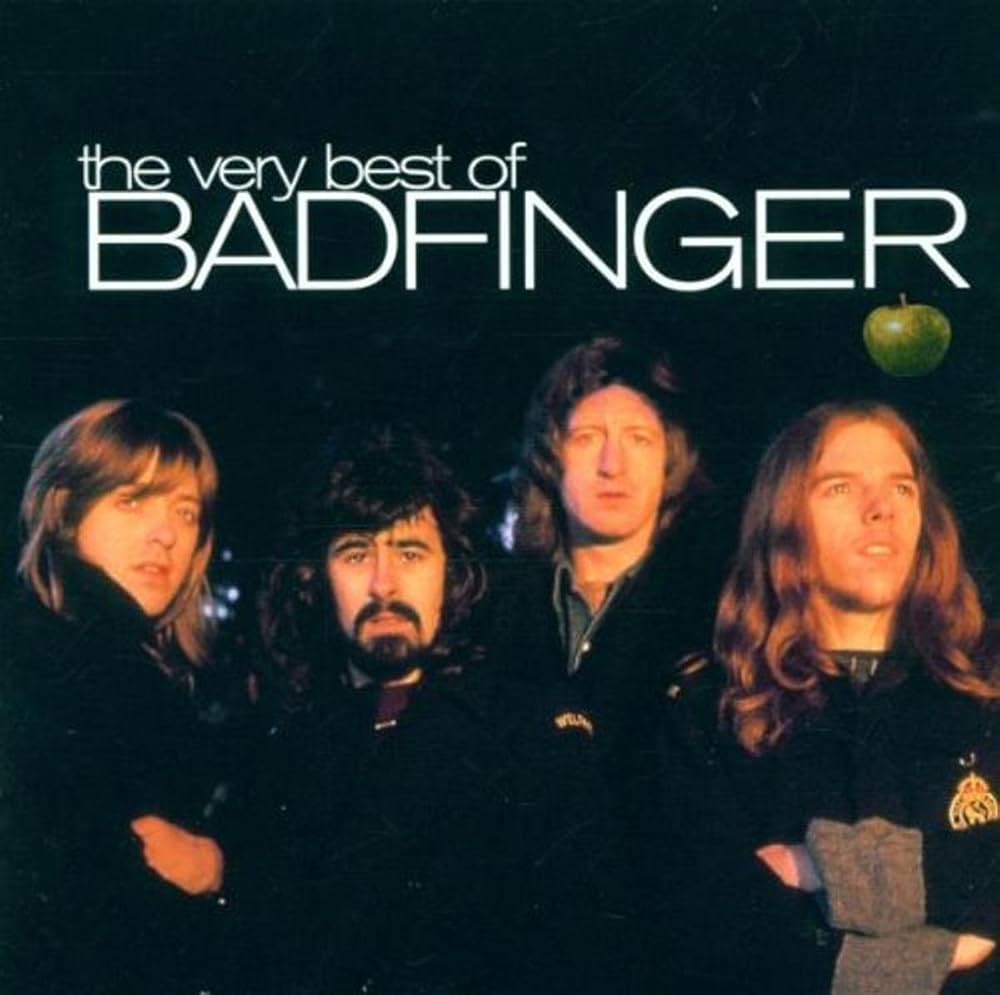
Perfect power pop can’t save you from bad business deals, as Badfinger’s tragic story proves. Signed to The Beatles’ Apple Records and mentored by Paul McCartney, they seemed destined for superstardom that never materialized despite creating enduring classics that outlasted most of their contemporaries.
Their melodic approach featured tight harmonies and memorable hooks that carried forward the Beatles’ tradition while establishing distinct identity. Songs like “Baby Blue” (which gained new life in “Breaking Bad’s” finale) showcase their gift for crafting earworms with emotional depth. The band’s legacy extends beyond their Beatles connection, though their story took devastating turns with members Pete Ham and Tom Evans’ suicides amid financial turmoil.
1. Blue Oyster Cult
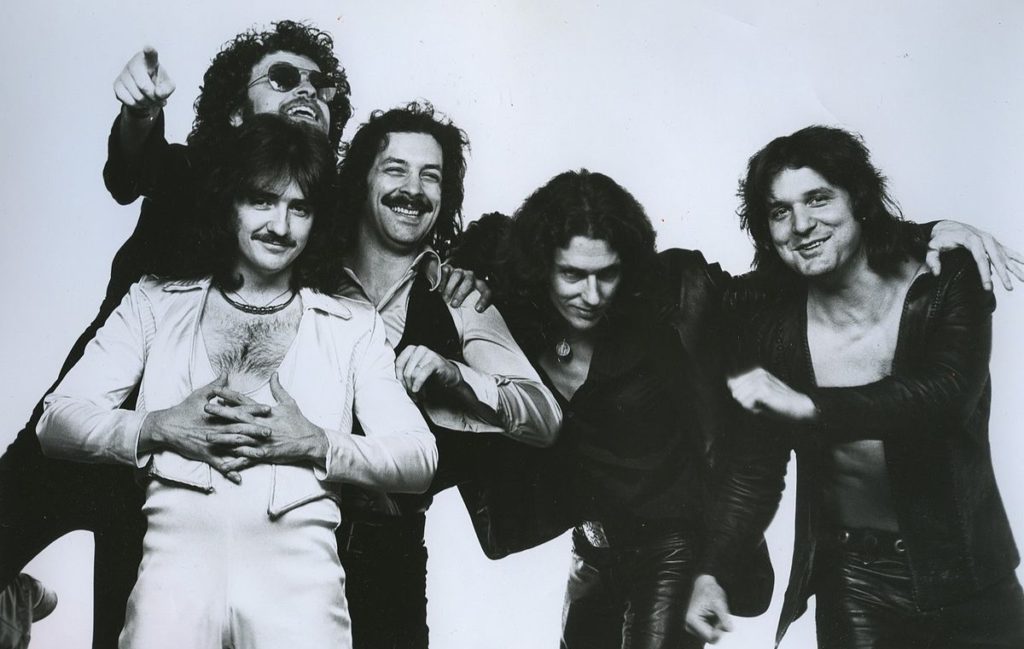
Thinking person’s metal existed decades before anyone coined the phrase, thanks to Blue Öyster Cult’s sophisticated approach to heavy sound. Beyond casual listeners knowing them for “Don’t Fear the Reaper” (yes, the “more cowbell” song), their early albums reveal a band far heavier and more adventurous than radio hits suggest.
Their recordings showcase aggressive guitar work and experimental structures combined with lyrics inspired by science fiction, horror, and mythology—basically Metallica meets English literature class. This intellectual approach distinguished them from straightforward acts, providing a framework for cerebral metal that bands like Mastodon still follow. Albums like “Secret Treaties” (1974) reward close listening while delivering visceral impact.




